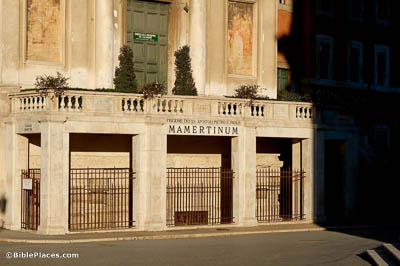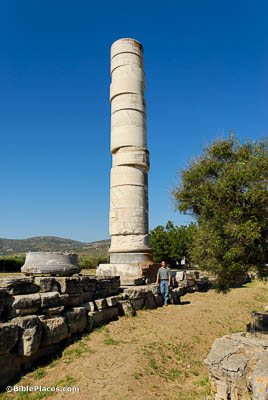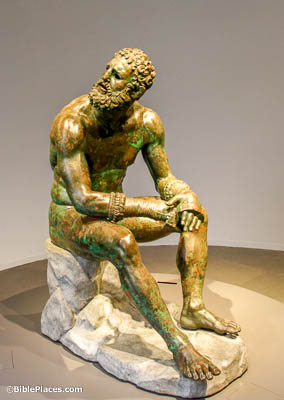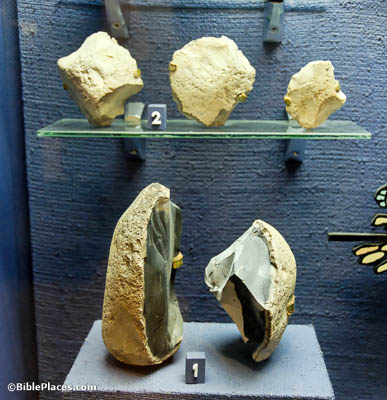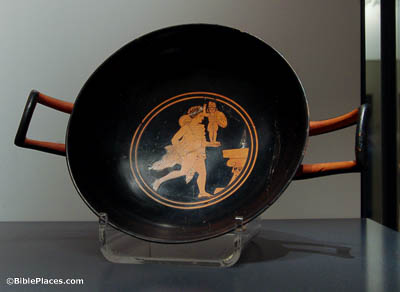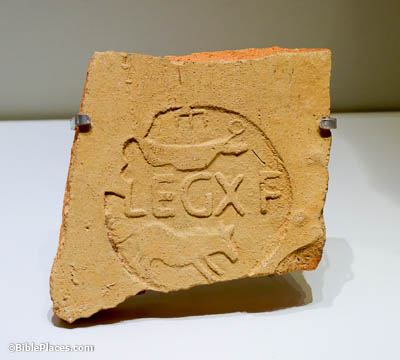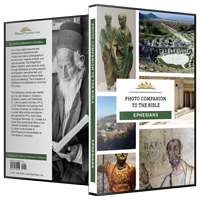I, therefore, the prisoner of the Lord . . . (Ephesians 4:1)
It is noteworthy that Paul does not refer to himself as the prisoner of the Romans, but as a prisoner of the Lord. The Mamertine Prison is the traditional location of Paul’s second Roman imprisonment. During Paul’s first Roman imprisonment, when this letter was written, Paul was held under house arrest (Acts 28:30).
